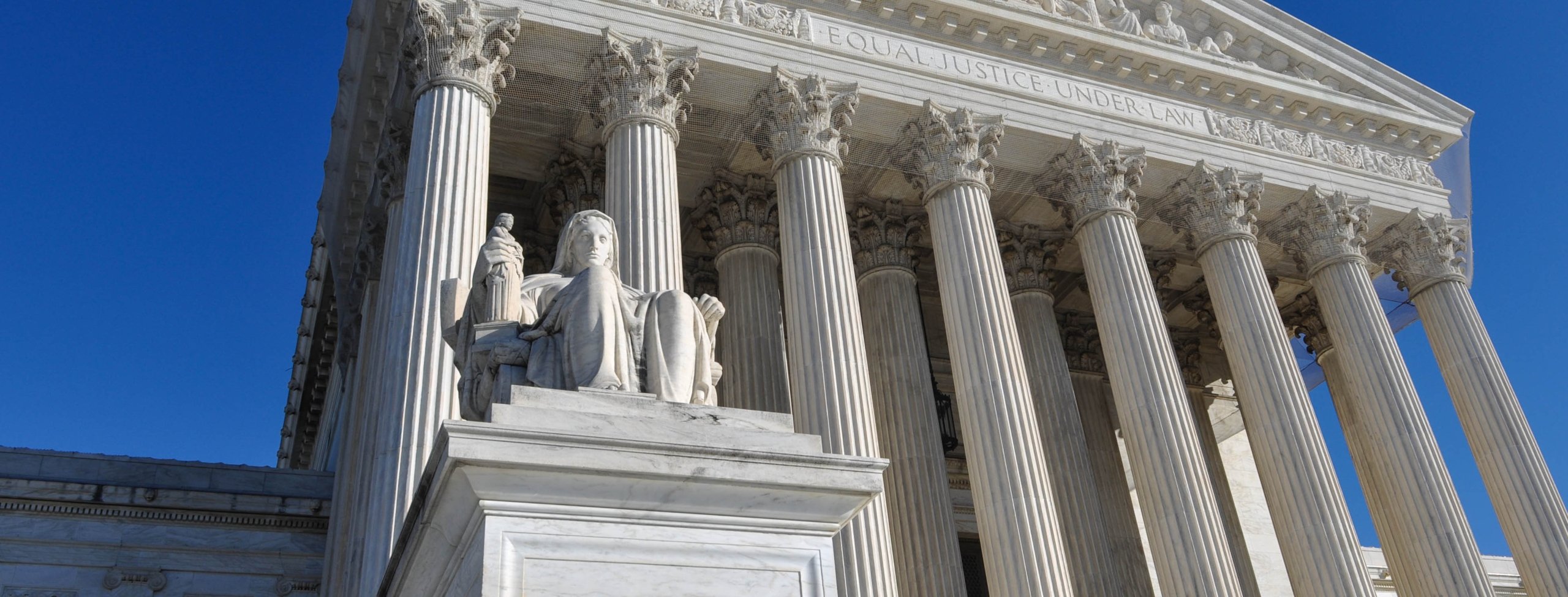
20 June 2023 • 6 minute read
US Supreme Court affirms government’s broad authority to dismiss False Claims Act suits
On June 16, 2023, the United States Supreme Court issued an important decision in United States ex rel. Polansky v. Executive Health Resources, Inc., et al., resolving a circuit split concerning the circumstances in which the government can seek dismissal of a relator’s False Claims Act (FCA) suit. See 599 U.S. ___ (2023). In an 8-1 decision, authored by Justice Elena Kagan, the majority agreed with the Third Circuit Court of Appeals that the government does not relinquish its right to dismiss an FCA suit, even after initially declining to intervene in the action. It further agreed that the ordinary standard governing voluntary dismissal under Federal Rule of Civil Procedure 41 applies when the government moves to dismiss a qui tam action. Justice Clarence Thomas issued a lone dissent, though supported in some key respects – notably, questioning the constitutionality of the FCA’s qui tam provisions under a “unitary executive” theory – by a concurrence from Justices Brett Kavanaugh and Amy Coney Barrett.
Polansky was a 2012 lawsuit against Executive Health Resources (EHR) brought by qui tam relator Jesse Polansky, a physician working for EHR. EHR provided solutions for hospitals billing for Medicare-covered services. Polansky accused EHR of assisting its hospital clients with defrauding the government by overcharging Medicare – in particular, charging inpatient rates for outpatient services. The government declined to intervene during the statutory seal period. Lengthy and burdensome discovery ensued. Years later, in 2019, the government concluded that “the varied burdens of the suit outweighed its potential value.” It moved to dismiss the action over the relator’s objection. The district court granted the motion and dismissed the action. The Third Circuit affirmed.
The Supreme Court decided two issues in Polansky: (1) whether the government has authority to dismiss an action under the FCA after declining to intervene during the seal period; and (2) what standard of review should apply when the government later files a motion to dismiss over the relator objection under Section 3730(c)(2)(A) (Subparagraph (2)(A) or (2)(A) Motion).
Government’s authority to dismiss after declining to intervene during seal period
Polansky’s primary argument, endorsed by Justice Thomas in his dissent, was that the government relinquishes its authority to dismiss an FCA suit over a relator’s objection after declining to intervene during the initial seal period. In a thoughtful statutory construction analysis, the majority rejected relator’s interpretation as contrary to a plain reading of the relevant FCA provisions. In explaining the so-called “seal-agnostic view of intervention,” Justice Kagan made clear the government “can intervene at that early time – but so too it can ‘intervene at a later date upon a showing of good cause’” under 31 U.S.C. § 3730(c)(3).
Regardless of when intervention occurs, once it does, the movant, ie, the government, becomes a party that is “proceeding with the action” and, thereby “acquires the right to dismiss” under Subparagraph (2)(A). This is true because, at all times, the government remains the “real party in interest” in FCA suits, has continuing rights, including the right to intervene after the seal period ends upon a showing of good cause, pursuant to 31 U.S.C. § 3730(c)(3), and should not “have to take a back seat to its co-party relator.” After all, “[t]he suit remains, as it was in the seal period, one to vindicate the Government’s interests.” (emphasis added).
Applicable standard for motion to dismiss over relator objection
The Court further addressed the appropriate standard to be applied when considering the government’s motion to dismiss over a relator objection – a (2)(A) Motion. As we wrote in our False Claims Act Year in Review 2022, the Court was confronted with a three-way circuit split. After recognizing the statutory scheme is silent on how courts should evaluate the government’s authority to seek dismissal of an FCA complaint, the majority rejected both the government’s “unfettered discretion to dismiss” position as well as the relator’s “complicated form of arbitrary-and-capricious review, with a burden-shifting component."
Instead, the Court adopted the Third Circuit’s “Goldilocks position,” that is, a middle-ground rule that treats (2)(A) Motions like any other request for voluntary dismissal under Federal Rule of Civil Procedure 41. Under that Rule, the requirements for voluntary dismissals in civil actions vary depending on a case’s procedural posture. To illustrate, the government need only file a notice of voluntary dismissal if an FCA defendant has not yet served an answer or motion for summary judgment. But if either condition has been met, dismissal requires a “court order, on terms that the court considers proper.”
Critics have pointed out that applying Rule 41 in the FCA context would result in greater uncertainty and disparities among courts because it would effectively vest lower courts with broad discretion to determine what circumstances are “proper” to justify dismissal. While the majority expressly declined to define the “proper terms” that Rule 41 requires, it agreed with the Third Circuit’s deferential standard that “(2)(A) dismissals” “will satisfy Rule 41 in all but the most exceptional cases” and it cautioned lower courts to “think several times over before denying a motion to dismiss.” Should the government offer “a reasonable argument for why the burdens of continued litigation outweigh its benefits, the court should grant the motion.” That holds true “even if the relator presents a credible assessment to the contrary.”
The Polansky decision has definitively answered the question of the appropriate level of deference to be afforded the government in dismissing FCA suits that, in the government’s view, no longer serve to vindicate its interests. This decision should benefit FCA defendants, by clarifying the high level of deference district courts should afford the government when it decides the burdens and costs outweigh the benefits of further litigation of qui tam claims.
Spirited dissent from Justice Thomas
Perhaps a more significant takeaway of Polansky arises from the “serious constitutional questions” raised by Justice Thomas in his dissenting opinion. According to him, “[t]here are substantial arguments that the qui tam device is inconsistent with Article II and that private relators may not represent the interests of the United States in litigation.” Justice Thomas views the qui tam provision as inconsistent with the “unitary executive” theory that the executive power “can only be exercised by the President and those acting under him.” Because relators are not appointed officers of the United States within the meaning of Article II, it “appears to follow that Congress cannot authorize a private relator to wield executive authority to represent the United States’ interests in civil litigation.”
Despite joining the majority opinion, Justices Kavanaugh and Barrett echoed Justice Thomas’s constitutional concerns and invited the Supreme Court to “consider the competing arguments on the Article II issue in an appropriate case.”
There is no question that FCA defendants and practitioners will increasingly pursue constitutional arguments in qui tam suits with appropriate facts to set the stage for Supreme Court review.
Learn more about the implications of this decision by contacting any of the authors or your usual DLA Piper attorney.


